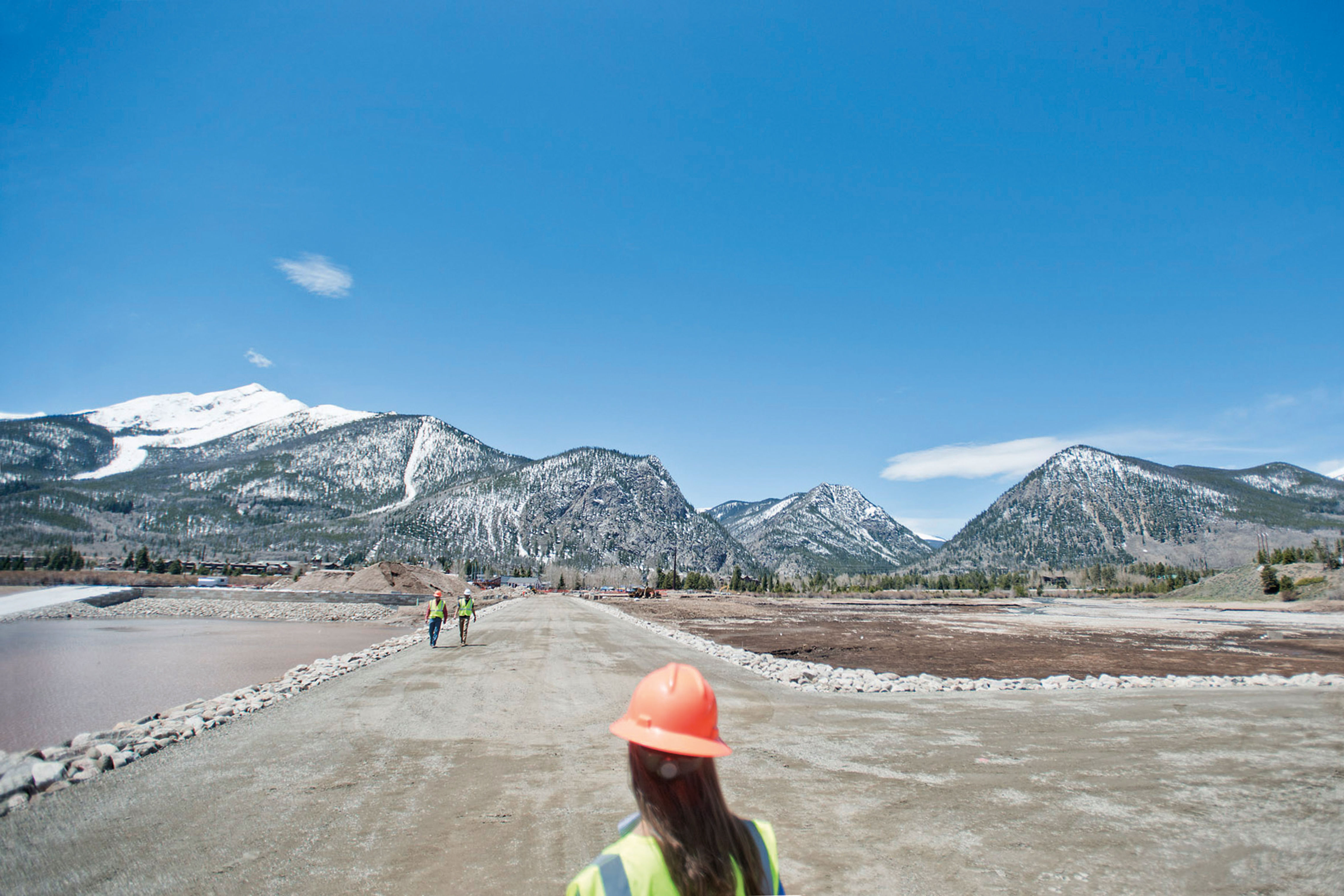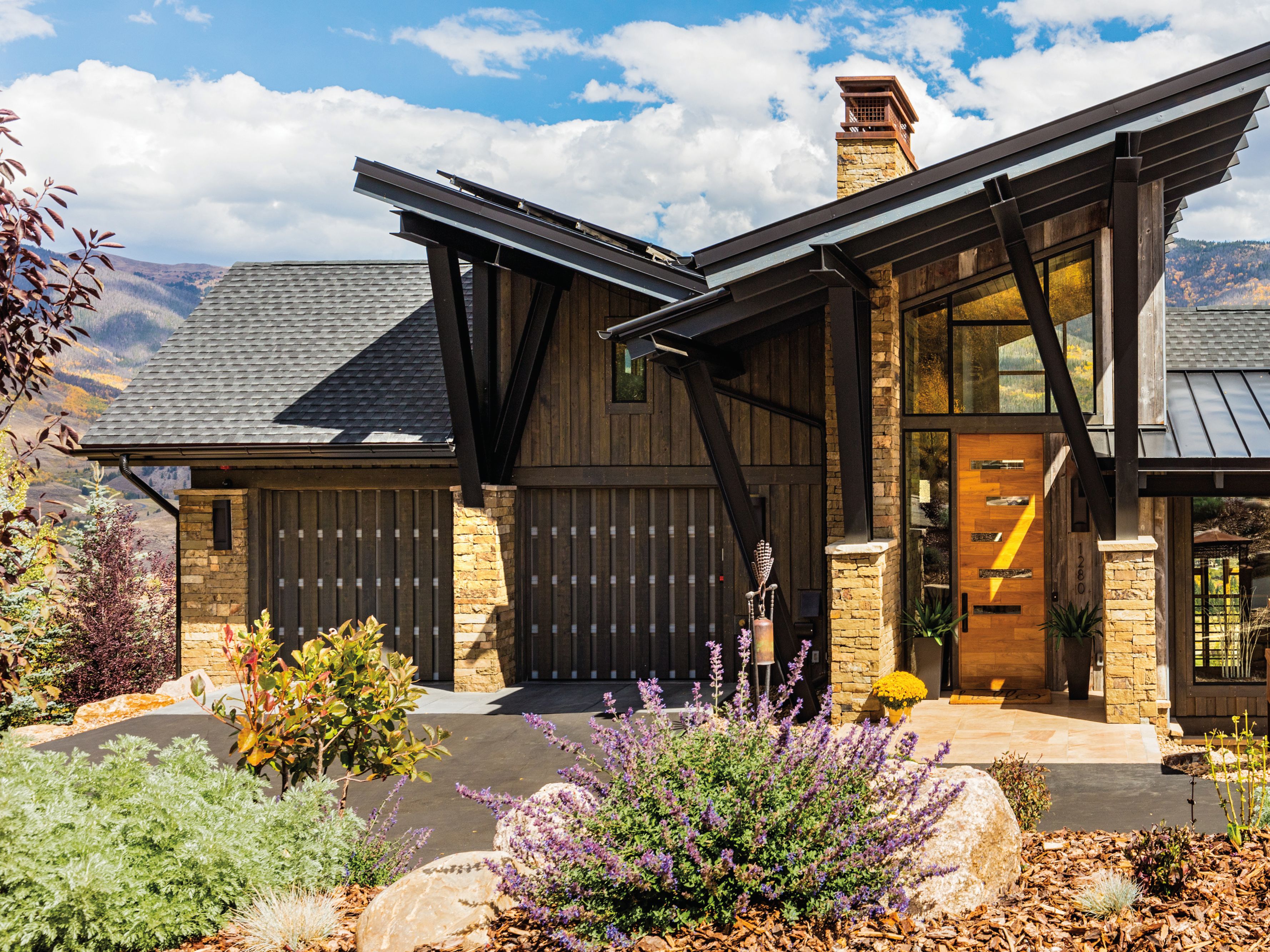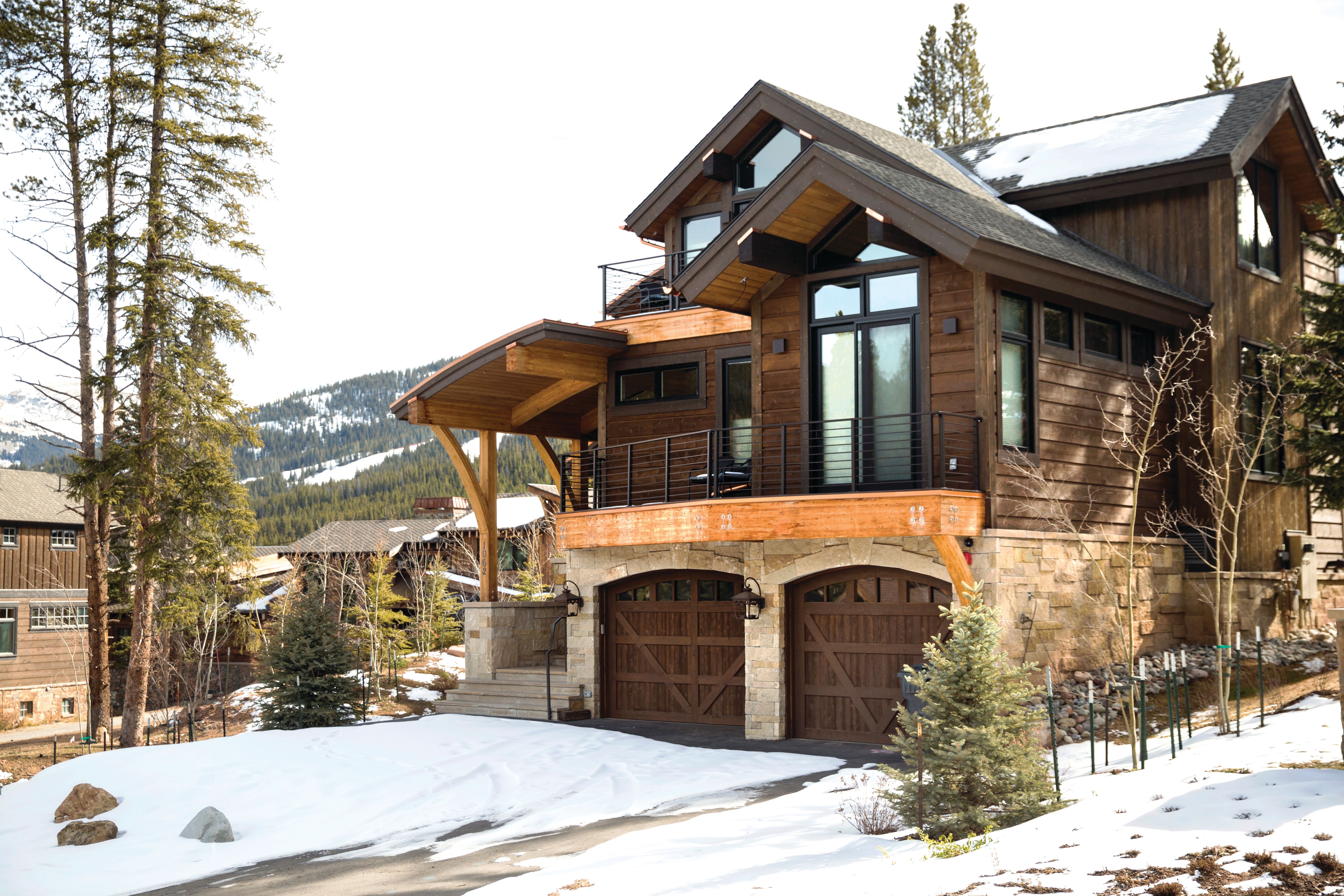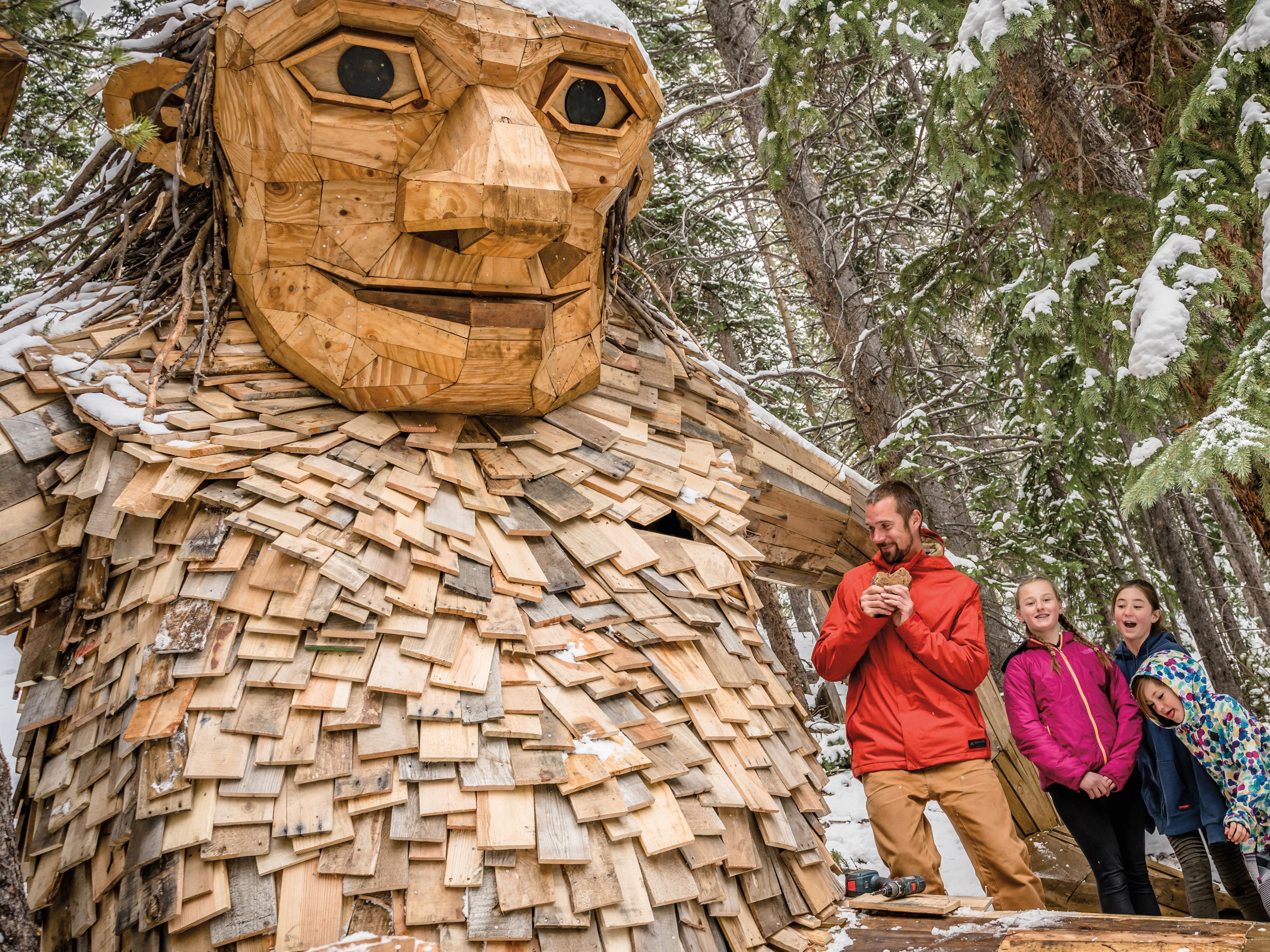Panorama
Wreck Path
Cyclists accustomed to zipping between Frisco and Summit have an obstacle to contend with this summer: a recpath buried under a mountain of avalanche debris.
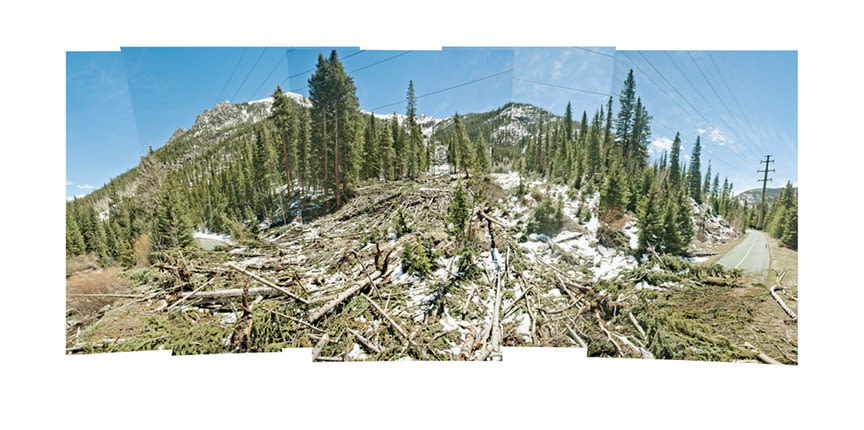
Image: Karl Wolfgang
In early March, a rare and prolific avalanche cycle unleashed some of the biggest snowslides on record across Colorado. Six fresh feet of unusually wet snow overstressed a fragile base beneath an already massive load, and in many cases the entire winter’s snowpack gave way and roared downhill, tearing through mature forests, altering the landscape in shocking ways. Due to a number of close calls involving avalanches running onto Interstate 70 during ski-commuting hours, Tenmile Canyon, between Frisco and Copper Mountain, became an early flash point for the cycle. Videos of the slides went viral—and that was before a different, even more impressive avalanche buried five people in three cars about a mile south on Highway 91 near the ski resort (all survived).
“It was disorienting. It was historic,” says Colorado Avalanche Information Center (CAIC) Director Ethan Greene. “Typically you get those cycles that last a morning or a day or a couple of days, but to have it be that active with avalanches that big for a couple of weeks was something I don’t think any of us had ever experienced.”
The avalanches did something else, too: They buried the Summit County recpath through Tenmile Canyon under heaping debris piles, which could keep the popular cycling and running route closed for longer than usual this summer. “In the almost 20 years I’ve been here, we’ve had some years when we’ll have one or two slides cross the recpath, but they’re generally just snow,” says Summit County Open Space and Trails Director Brian Lorch, “whereas this winter we had a total of 23 that crossed the recpath, and all of those had a significant amount of debris with full-size trees and rocks and dirt being dragged onto the path. Some of them are about 20 feet deep.”
Tenmile Canyon, which slices between the Tenmile and Gore ranges and is lined by 3,300-foot-tall walls of rock and snow, has a long history with avalanches. Grainy photos show rotary snowplow trains clearing avalanche debris in the 1800s along Tenmile Creek. One of the biggest natural cycles on record, Greene said, occurred in the 1920s around the same time of year as the 2019 cycle. As avy danger spiked this past March, Greene sought perspective from longtime highway avalanche forecaster Lee Metzger and retired snowplow driver Ray Mumford. He learned the last time significant debris hit I-70 in Tenmile Canyon was in 1983, and the last time helicopters dropped explosives in the canyon to mitigate avalanche danger was in 1996.
In March, the Colorado Department of Transportation and CAIC ran two helicopter missions, dropping 25-pound charges into start zones and triggering a slide with every shot but one. Eighteen major avalanches released during those missions. They kept the interstate safe, which was really the only thing that mattered. But a shortened recpath season ended up being a casualty.
As of mid-May, Lorch was accepting bids to clear the path—without being able to use bulldozers or excavators due to the fragile asphalt surface. “We’re still hoping to open it in July,” he says. “But this is a different scale than what we’ve dealt with in the past.”



